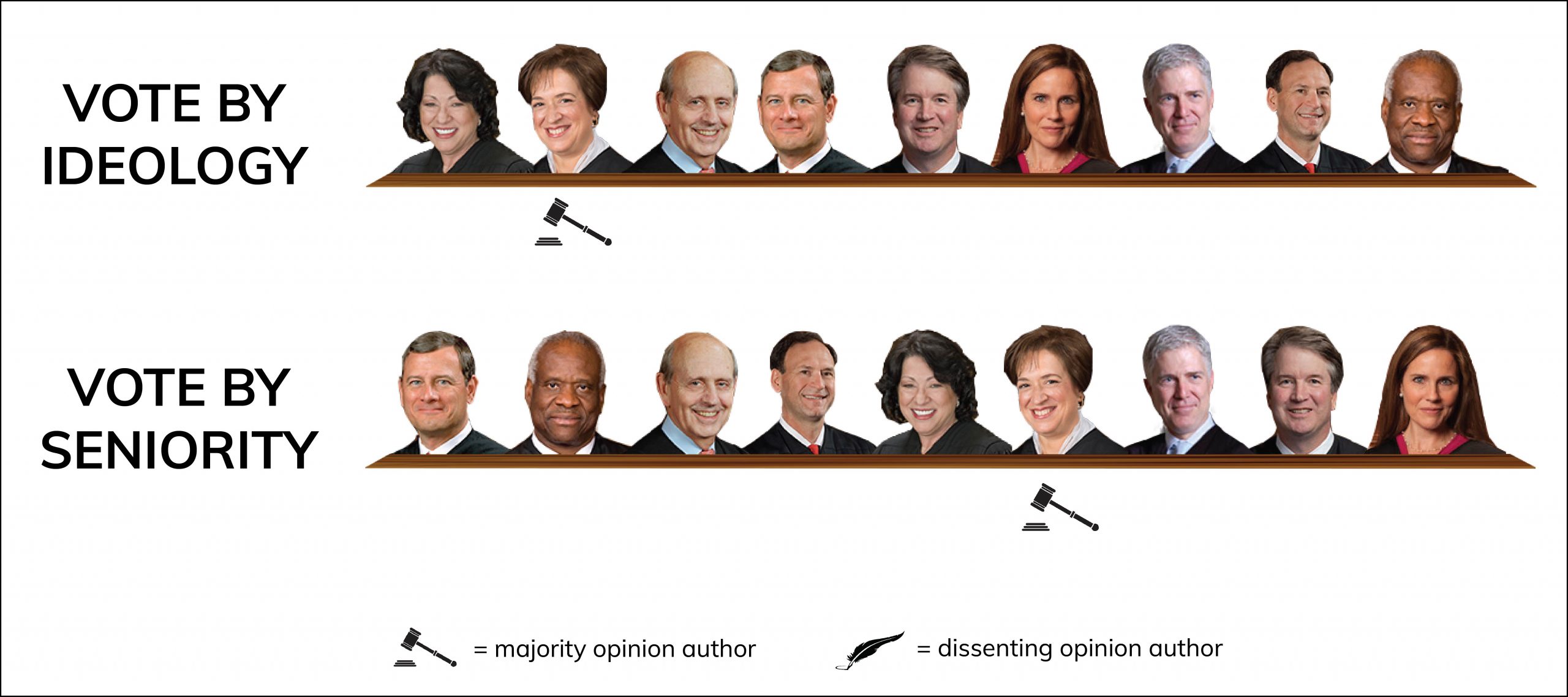Opinion analysis
Court declines to endorse warrantless entries in all “hot pursuits” for misdemeanors

on Jun 23, 2021 at 4:02 pm

The Supreme Court ruled on Wednesday that when police are pursuing someone for a misdemeanor, that pursuit does not automatically create the kind of emergency that allows the officer to follow the suspect into a home without a warrant. The court acknowledged that many cases will involve such emergencies – but that determination, Justice Elena Kagan stressed in her opinion for the court, will depend on the facts of each case.
The decision came in the case of Arthur Lange, a California man convicted of driving under the influence of alcohol. In 2016, Lange was returning to his home in Sonoma when a police officer began to follow Lange’s car. The officer, Aaron Weikert, later testified that he wanted to stop Lange because he was “playing music very loudly” and honked his horn several times even though there weren’t any cars in front of him.
Shortly before Lange pulled into his driveway, Weikert turned on his overhead lights. But Lange – who later said that he had not seen Weikert – continued into his garage and began to close the door. Weikert, who had quickly parked in the driveway, followed Lange into the garage. Once there, Weikert said, he smelled alcohol. Lange was taken to a hospital, where testing determined his blood-alcohol level to be 0.245% — more than three times the legal limit.
Lange contested his conviction, arguing that Weikert violated the Fourth Amendment when he entered the garage without a warrant. But a California appeals court rejected that argument. It ruled that Weikert had probable cause to arrest Lange when he pulled into the driveway and then entered the garage after Weikert turned on his lights. Weikert’s “hot pursuit” of Lange therefore justified his entry into Lange’s garage, even without a warrant.
The Supreme Court’s cases, Kagan wrote, have generally eschewed bright-line rules when applying the “exigent circumstances” exception to the general requirement that police obtain a warrant. Instead, the court has applied that exception on a case-by-case basis because the question at the heart of the doctrine – whether police have time to obtain a warrant – depends on the facts of a particular case. Kagan acknowledged that when a suspect is fleeing, police officers may often need to act quickly – for example, to avoid the destruction of evidence or to make sure that the suspect does not flee again. But there is no reason to believe, Kagan continued, that police need to act quickly, without a warrant, in every case. Therefore, Kagan concluded, when the officer has time to get a warrant, he should “do so — even though the misdemeanant fled.” The Supreme Court on Wednesday vacated the state court’s decision and sent the case back for another look in light of its opinion.
Chief Justice John Roberts filed a separate opinion, joined by Justice Samuel Alito, in which he agreed that Lange’s case should go back to the state courts. But he disagreed with Kagan’s view of what the Fourth Amendment requires. According to Roberts, the court’s prior cases have established a “general rule that hot pursuit justifies warrantless entry.” Under Roberts’ reasoning, the case should go back to the lower courts solely so Lange has the chance to argue that the case is the sort of “unusual case” in which the “general rule” about hot pursuits does not apply. More broadly, Roberts sharply criticized Kagan’s majority opinion, describing it as reaching an “absurd and dangerous result” that will be difficult to apply and put police officers at risk.
This post was originally published at Howe on the Court.


